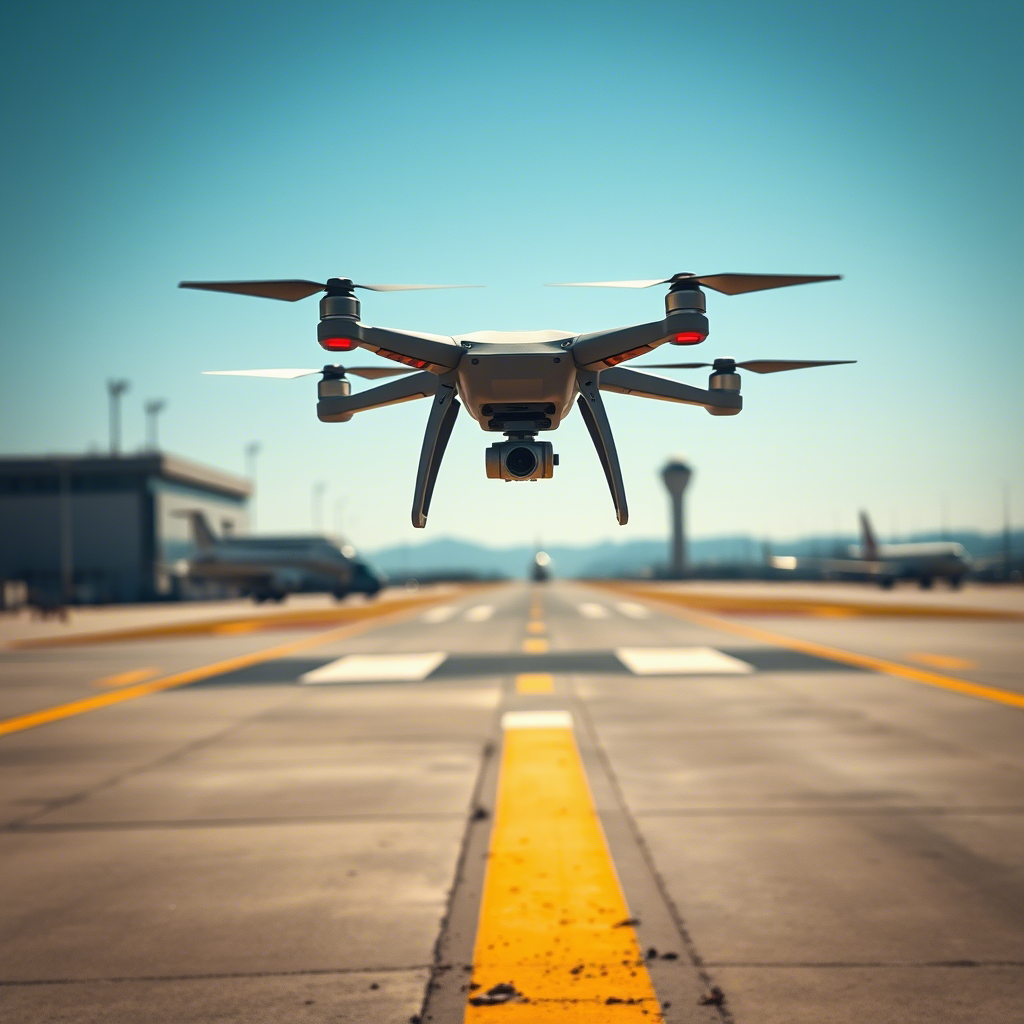The impact of agricultural drones on the quality of agricultural products
The Impact of Plant Protection Drones on Agricultural Product Quality
Advancements in agricultural technology have positioned plant protection drones as transformative tools for enhancing crop management. Their ability to deliver precise, targeted interventions has significant implications for the quality of agricultural produce, influencing factors such as safety, nutritional value, and marketability. Below, we explore how these drones contribute to improving the overall standard of farm outputs.
Enhanced Pest and Disease Control for Safer Produce
One of the most critical ways plant protection drones influence product quality is through their precision in pest and disease management. Traditional spraying methods often result in uneven chemical distribution, leading to over-application in some areas and under-treatment in others. This inconsistency can leave residues on crops, posing health risks to consumers and reducing market acceptance.
Drones equipped with advanced sensors and imaging technology can identify specific zones affected by pests or diseases. By applying treatments only where necessary, they minimize chemical exposure to healthy plants and surrounding environments. This targeted approach not only reduces residue levels but also preserves the natural flavor and texture of produce, making it safer and more appealing to buyers.
Optimized Nutrient Delivery for Improved Nutritional Content
The nutritional quality of agricultural products is closely tied to soil health and nutrient availability. Plant protection drones contribute to this aspect by supporting precise fertilization strategies. Through aerial surveys, these drones assess variations in soil composition and plant growth, enabling farmers to tailor nutrient applications to the needs of different crop sections.
For instance, areas lacking essential minerals like nitrogen or potassium can receive customized fertilizer blends, ensuring balanced growth across the field. This uniformity enhances the nutritional profile of produce, increasing concentrations of vitamins, antioxidants, and other beneficial compounds. Consumers benefit from higher-quality food, while farmers gain a competitive edge in markets prioritizing health-conscious products.
Reduced Physical Damage During Treatment Applications
Conventional methods of applying pesticides or fertilizers often involve heavy machinery or manual labor, which can inadvertently damage crops. Tractors and handheld sprayers may trample plants, bruise fruits, or disrupt delicate root systems, compromising both yield and quality.
Plant protection drones eliminate these risks by operating from above, using lightweight frames and gentle propulsion systems to avoid contact with crops. Their ability to navigate tight spaces and uneven terrain ensures thorough coverage without causing physical harm. As a result, produce arrives at harvest with fewer blemishes, higher visual appeal, and longer shelf life—key factors in maintaining consumer satisfaction and reducing post-harvest losses.
Consistency in Crop Development for Uniform Harvests
Achieving uniformity in crop growth is essential for meeting market standards and processing requirements. Fluctuations in pest pressure, nutrient availability, or water distribution can lead to inconsistent maturation, making it difficult to harvest crops at peak quality.
Drones address this challenge by providing continuous monitoring and real-time adjustments. By detecting early signs of stress or imbalance, they enable farmers to intervene promptly, ensuring all plants progress through growth stages evenly. This consistency translates to fruits and vegetables of similar size, color, and ripeness, which are highly valued by retailers and food manufacturers for their ease of packaging and processing.
Support for Organic and Sustainable Farming Practices
The growing demand for organic and sustainably produced food has placed pressure on farmers to adopt eco-friendly methods without sacrificing yield or quality. Plant protection drones play a vital role in this transition by enabling low-chemical or chemical-free approaches to pest management.
For example, drones can deploy biological control agents, such as predatory insects or pheromone traps, to target specific pests without harming beneficial organisms. They can also apply organic-approved treatments with the same precision as conventional chemicals, ensuring compliance with certification standards. By facilitating these practices, drones help farmers produce high-quality, environmentally responsible goods that command premium prices in niche markets.
As agricultural systems evolve, the integration of plant protection drones is becoming increasingly vital for maintaining and elevating product quality. Their precision, efficiency, and adaptability address many of the challenges associated with traditional farming methods, paving the way for a future where safe, nutritious, and visually appealing produce is the norm.

